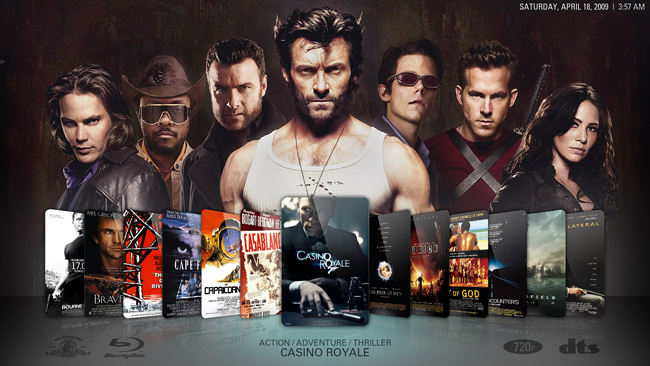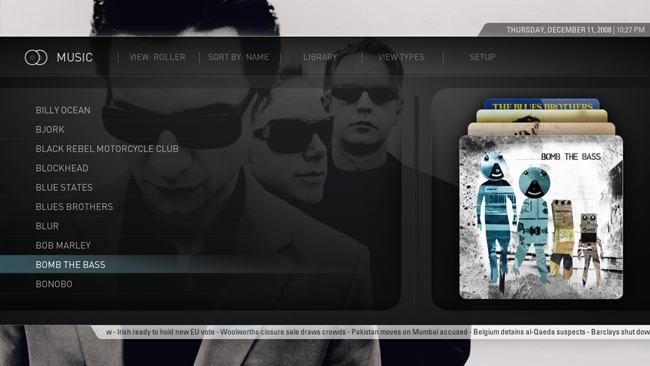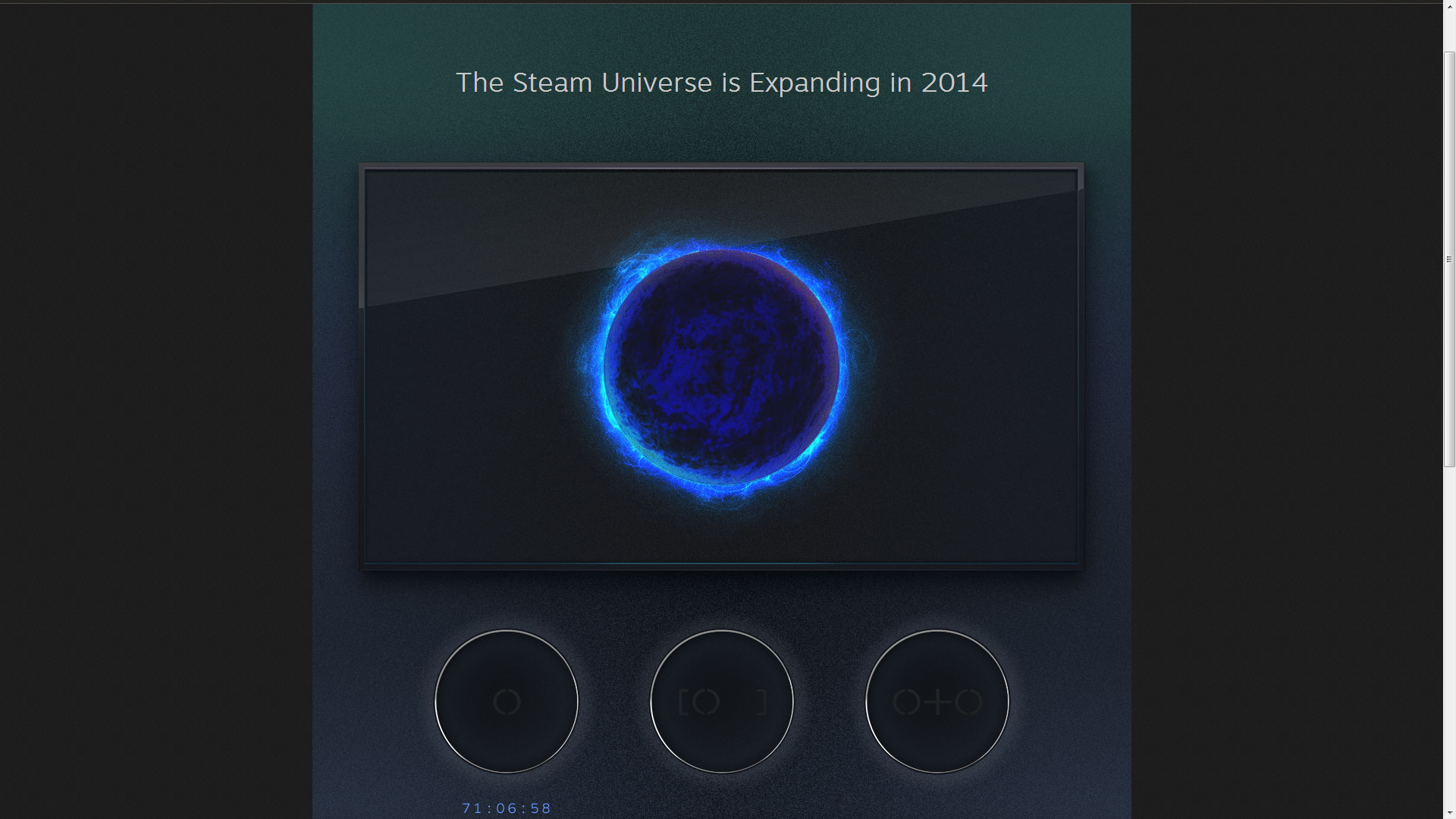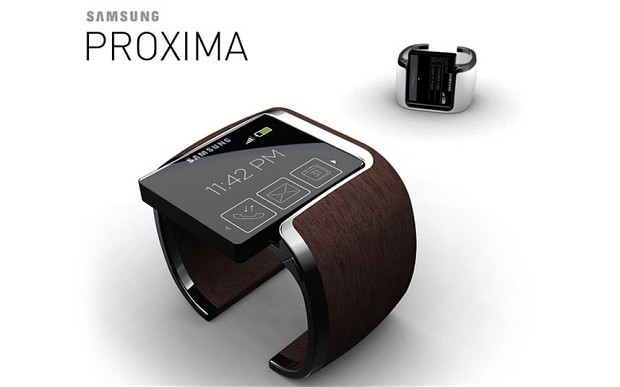I’m a big consumer of media. I love watching movies, enjoying a good TV show, and listening to music. As my collection of media grew I started to get frustrated by how long it took to decide what movie to watch tonight, where the DVD for Arrested Development is, or what episode of a new TV show we were up to when watching a box set.
Being tech savvy, I decided to see what I could cobble together on my limited budget… and as it turns out, open source software and the falling price of hard drive storage meant I had a lot of options. So I decided to build my own home media solution.
I wanted to accomplish the following:
- Be able to store all our media (we have a lot of media)
- Stream the content to all of our devices (TV’s, phones, etc.)
- Easily organise and view our media (it’s pretty useless to have all this media if we can’t get at it)
- Easy to use for everyone in the house (it’s no good if it needs a degree in computer science to operate since no one will use it)
With that in mind – and a lot of internet research later – I decided to build a home media server and a HTPC (Home Theatre PC).
What is a home media server?
At its core a home media server is simply a computer which stores a copy of your digital media (movies, TV shows, music, photos, etc.) and it makes them available over a home network. There is consumer grade equipment which is designed to do this such as this offering from Western Digital. Although with a little more DIY you can get an even better custom system.
Typically these run a version of Linux operating system in order to make sure most of the computer’s resources are being dedicated to streaming media. However, windows based servers are often used as well.
HTPC
The home media server may be enough for most people; devices on the network will be able to play the media as if it was stored locally. Many devices support this functionality such as laptops, game consoles, some smart TV’s, Blu-ray players, etc.
However, to really get the best out of your media it’s worth investing in a dedicated player. These typically take the form of a HTPC (Home Theatre PC) which is connected to your television usually via HDMI. This can be anything from specialised consumer devices, to older computers put to new use, to custom built machines for silent running.
XBMC
Now if you’re still reading this then you may wonder what advantage a HTPC would be over just using a PS3 or connecting your laptop to the TV. The answer lies in the software. For my HTPC I use XBMC: “an award-winning free and open source (GPL) software media player and entertainment hub for digital media” There are other options too, but for this article I’ll focus on my favourite.
XBMC collates and organises your media collection and it has a beautiful interface for viewing from your TV. XBMC automatically pulls down metadata for your media such as the plot synopsis, cast and crew information, and the IMDB rating, along with official show/film art to really show off your media. It’s hard to put into words exactly how awesome XMBC is so take a look at the screenshots below to get an idea of how it works.
My Setup
I knew I wanted a home server and a HTPC running XBMC for my solution, so after much research I decided to combine the two and purchased this server from HP. It’s a low powered and quiet server which is powerful enough to play high definition files. Most importantly it contains 4 drive bays with up to 3TB of data per drive. (With some modification the maximum is 18TB which thankfully I’m a little way off needing).
With the addition of a low profile (and quiet) graphics card, the server can quite happily sit under my TV and play files locally while simultaneously streaming content to a PC upstairs. I run XBMC on this server which outputs into a Yamaha receiver for glorious 5.1 surround.
With the home media server I can supply media to any room in the house via PC’s, Laptops, or even a Raspberry Pi. The next step is to add a touchscreen computer to the kitchen so I can finally watch The Wire while making a bacon sandwich. Home of the future indeed.
 Pop Verse Pop Culture Universe
Pop Verse Pop Culture Universe










Does this rely on a good broadband connection?
Hi Cathy,
The streaming your media from the media server part does not require the internet at all. All it requires is that the server and all the devices you want to steam to are all connected to your home network (usually that means connecting them up to your router)
Its generally fine to have everything connected to your router via WiFi if you have a good signal but if you are throwing around big high definition files (Like I do) then its best to have wired connections. We use Power line adapters which channel the internet through your home wiring.
Hope that answers your question 🙂
I think it does, thanks. Cathy x